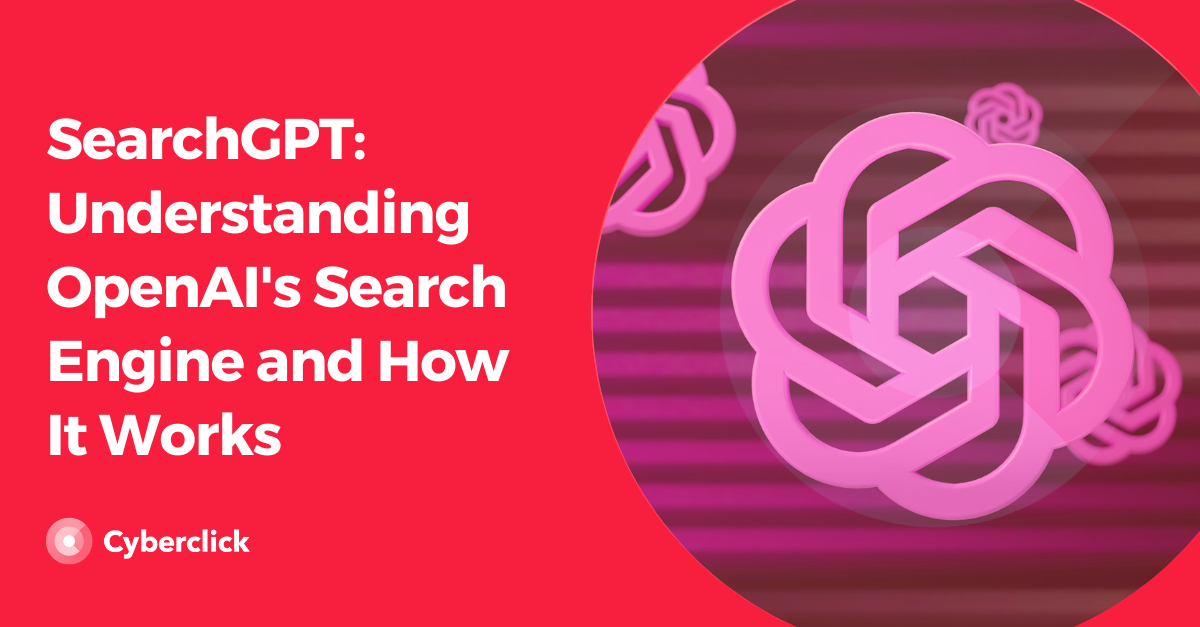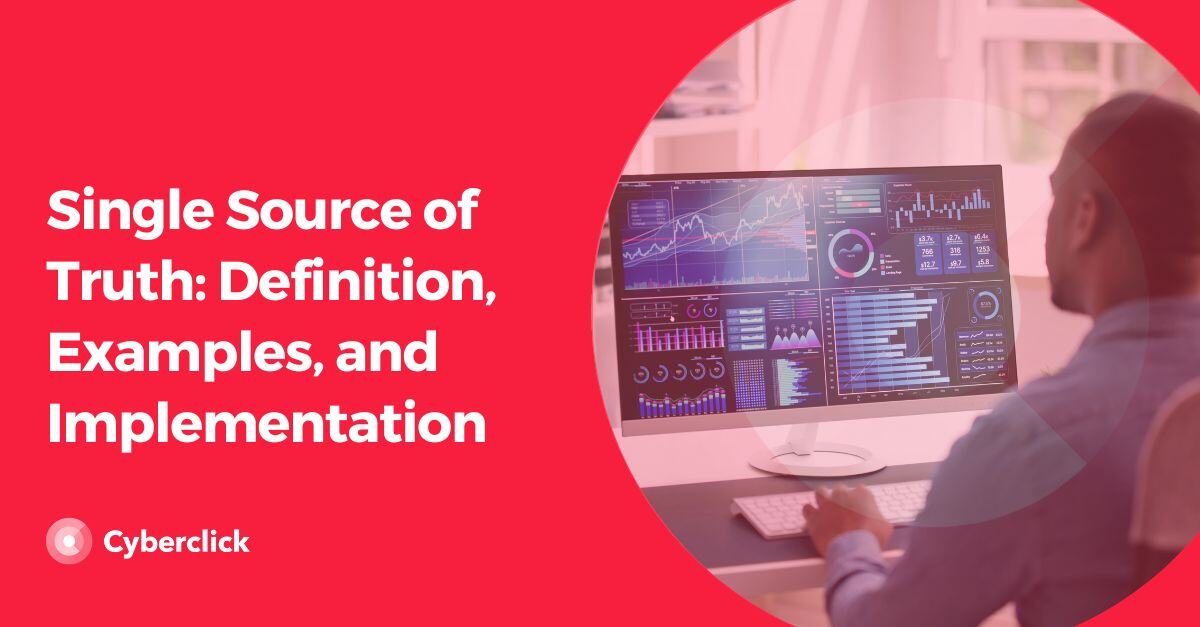In data science and machine learning, time series forecasting is essential, especially when applied to companies and their operations. In this article, we will explain the concept of time series forecasts and discuss why implementing them in your business is helpful.
.jpg?width=1200&height=627&name=What%20Is%20Google%20Analytics%204%20Your%20Step-By-Step%20Guide%20(1).jpg)
What Are Time Series Forecasts?
A time series is the collection of data points measured at regular intervals and arranged chronologically. This chronological ordering sets them apart from other types of data. Time intervals can be hourly, daily, monthly, or yearly. Therefore, forecasting applied to time series' involves predicting recurring seasonal patterns.
- Seasonality: Time series data often tend to increase or decrease over a specific period of time. For instance, consider a swimsuit brand that experiences significantly higher sales during the three summer months compared to the rest of the year.
- Time dependence: Time series data differs from linear regression as it depends on time. The data points are influenced by their temporal ordering rather than being independent.
Time series can involve a single variable or multiple variables. Here are a few examples commonly represented using time series:
- Monthly or daily sales for a company.
- Semi-annual crop production in kilograms.
- Minute-by-minute stock values of a company.
- Daily occupancy rates of hotel rooms.
- Prediction of demand for a product. For example, McDonald's has developed a product recommendation system that considers the demand and production capacity of each restaurant on an hourly basis.
Time series analyses are primarily used in the retail and ecommerce sectors.
Why Are Time Series Predictions Important?
Time series forecasting is widely used by companies to anticipate market needs through demand forecasting. Powerful predictions can be developed by analyzing extensive data on a store's foot traffic or sales figures.
While these seasonal patterns can be influenced by specific times of year or holidays such as Christmas, Valentine's Day, or Black Friday, forecasting and time series can help you discover patterns in the peak hours at physical stores or predict new subscriptions in the upcoming months.
Time series forecasting is highly beneficial for planning future actions and making solid, data-driven decisions. Companies that implement it can proactively meet market demands and ensure they offer their customers what they truly desire.
If you want to bring machine learning into your business, Cyberclick has a team of data science experts who can assist you in assessing the potential of your data and implementing the necessary algorithms.
Where Does Forecasting Data Come From?
In order to benefit from the power of data science and its predictive capabilities, digital transformation is necessary in your business. Unlike traditional companies, ecommerce ventures can generate substantial amounts of data and insights regarding customers and their purchasing behavior. This means that, in addition to sales information, they can also gather data on website visit frequency, sales variations over time, and user navigation patterns, among other aspects.
Leveraging all this information, along with forecasting techniques, enables you to understand how your sales fluctuate on different days, seasons, and years, and predict the future trajectory of your company. This insight can help you anticipate stock requirements, preventing excess and shortages.
Algorithms for Time Series Forecasting
There are numerous algorithms for time series forecasting, which can be broadly categorized into two groups:
- Statistical models assume that the relationships between the data are linear, although some exceptions exist.
- Neural network models are widely used and considered highly suitable for time series forecasting.
What Is Prophet and What Is It For?
Prophet is a forecasting model developed by Facebook that has gained significant popularity in the field of time series forecasting. It is designed for both Python and R programming languages. Facebook created this package to provide users with an intuitive, user-friendly, and powerful tool for predicting business outcomes. You can download Prophet by clicking here.
The algorithm employed by Prophet is fascinating and noteworthy as it considerations seasonality and trends, two challenging components to quantify in time series analyses. Additionally, Prophet exhibits a high accuracy-to-speed ratio. Consequently, results may be less accurate for samples with higher levels of randomness.
Moreover, Prophet is easily decomposable, meaning it is interpretable, and the model’s component coefficients can be extracted.
One of the most remarkable aspects of Prophet is that it does not require advanced mathematical knowledge for setup.
We hope this information has given you a better understanding of predictions, data science, and machine learning. The benefits you will gain from implementing data driven strategies will be noticeable and will contribute to the internal organization of you brand. It will also help you to accomplish your objectives in the external environment. At Cyberclick, we can serve as your partner. Our team of data scientists can assist you in obtaining data and providing valuable insights.
Data Scientist en Cyberclick. PhD en Astrofísica por la Universitat de Barcelona con más de diez años de experiencia en investigación mediante el análisis e interpretación de datos. En 2019 redirige su carrera profesional hacia el mundo del Data Science cursando el Postgrado en Data Science y Big Data de la UB, así como participando en el programa Science To Data Science (S2DS) en Londres. Actualmente forma parte del equipo de Data Science y SEM de Cyberclick.
Data Scientist at Cyberclick. PhD in Astrophysics from the University of Barcelona with more than ten years of research experience through data analysis and interpretation. In 2019 he redirected his professional career to the world of Data Science by graduating in Data Science and Big Data from the UB, as well as participating in the Science To Data Science (S2DS) program in London. He is currently part of Cyberclick's Data Science and SEM team.






Leave your comment and join the conversation